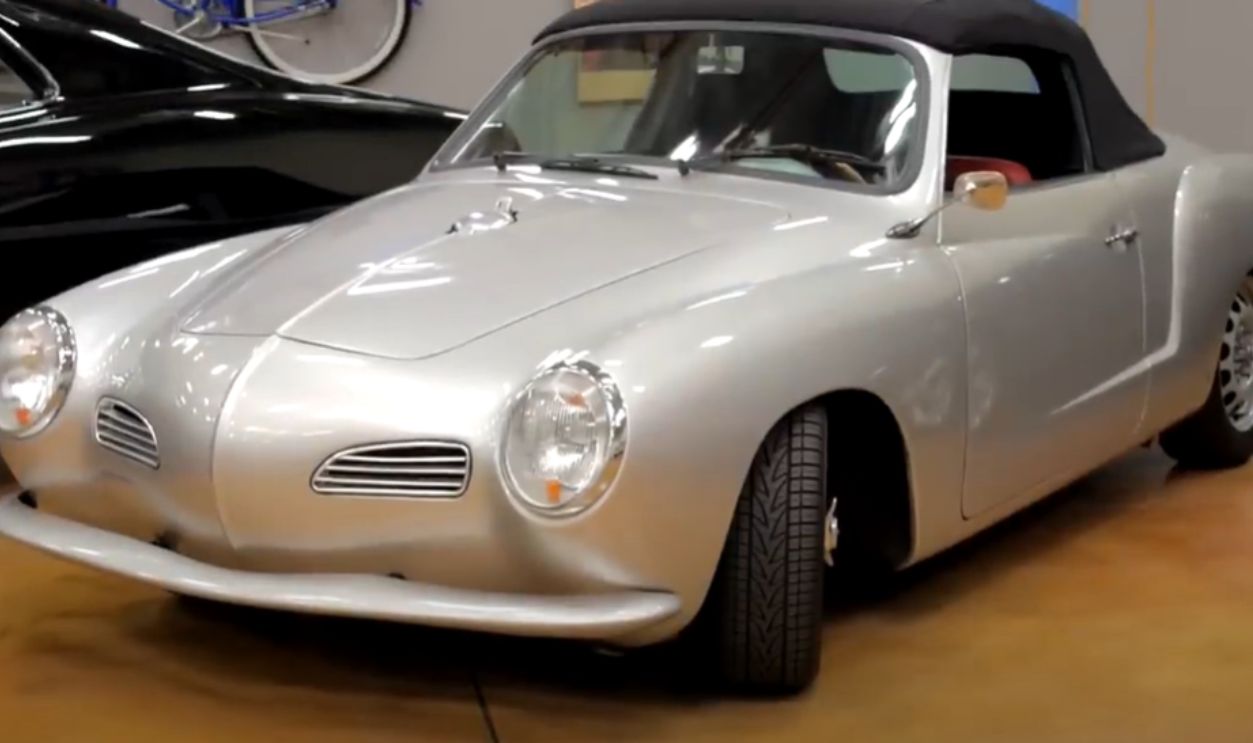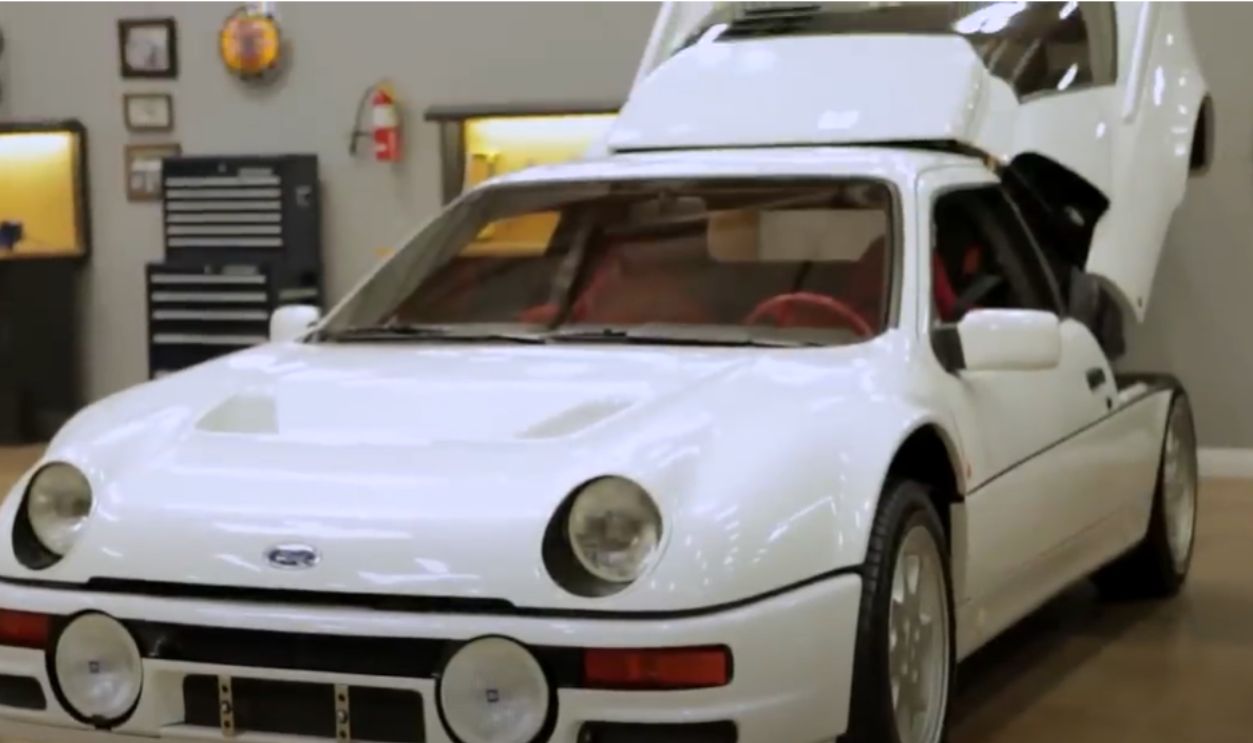Tim's Machine Mansion
Behind the unassuming walls of a former paint shop in Southern California lies Tim Allen's automotive haven. It houses the comedian's carefully curated collection of muscle cars, European supercars, and rare classics. Here are a few.
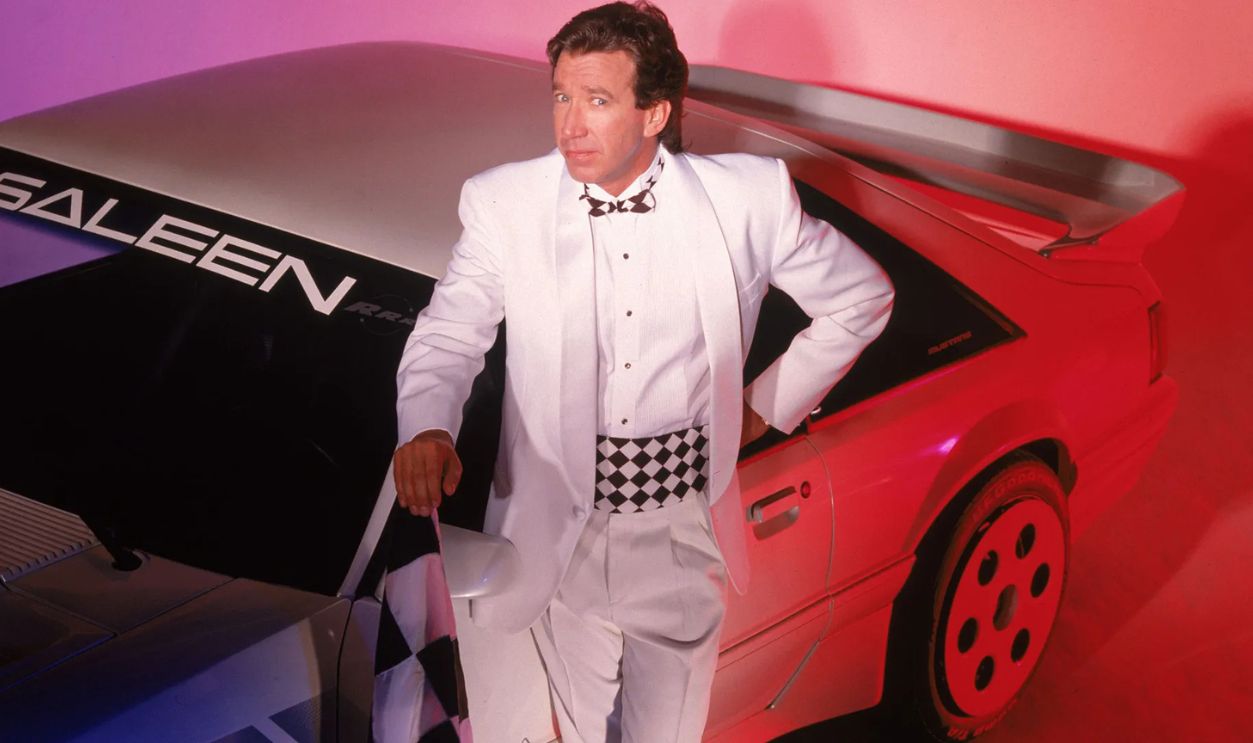
Chevrolet LT5 Impala SS
The LT5 Impala SS came into being in 1996 as a custom project. Tim Allen teamed up with Jon Moss, famous for his work on the Corvette ZR1, to make it happen. At the heart of the LT5 Impala SS was a modified version of the Corvette ZR1's LT5 engine.
 Tim Allen's Garage Tour by Petersen Automotive Museum
Tim Allen's Garage Tour by Petersen Automotive Museum
Chevrolet LT5 Impala SS (Cont.)
With a DOHC 32-valve engine, it was originally rated at 375 horsepower but was upgraded for Allen's Impala to deliver approximately 454 horsepower. The engine was also stroked to 6.3 liters (or 6100 cc) and displayed higher compression.
 Dave_7, CC BY-SA 2.0, Wikimedia Commons
Dave_7, CC BY-SA 2.0, Wikimedia Commons
Chevrolet LT5 Impala SS (Cont.)
In addition to the powerful engine, Allen's Impala SS received some performance upgrades, including a built 4L60E transmission, improved suspension, and enhanced brakes. The car made its public debut at the 1996 SEMA Show, although he was not present then.
1972 Ford Bronco
This vehicle sticks with its original 302 cubic inch V8 engine, giving it solid power for off-road fun. It's got a short 92-inch wheelbase that is easy to handle, but Allen isn’t a big fan of that part because it can be a bit tricky to drive sometimes.
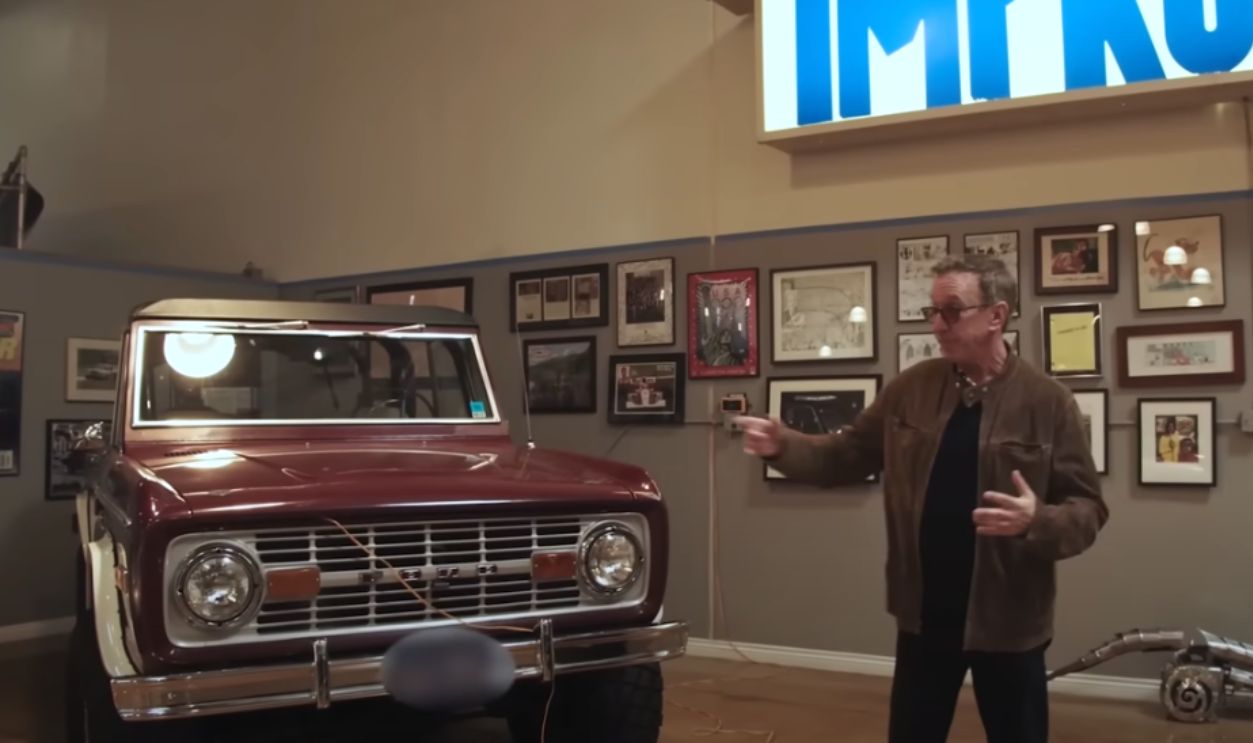 Tim Allen's Garage Tour by Petersen Automotive Museum
Tim Allen's Garage Tour by Petersen Automotive Museum
1972 Ford Bronco (Cont.)
Tim Allen's Bronco has been brought back to life with a lot of care, showing off its rugged vibe and classic look. It’s a great example of those early SUVs that helped Americans see how stylish and practical a utility vehicle could be.
 DestinationFearFan, CC BY-SA 4.0, Wikimedia Commons
DestinationFearFan, CC BY-SA 4.0, Wikimedia Commons
Volvo P1800
The body of the Volvo P1800 was designed by Pelle Petterson, who worked under Pietro Frua's guidance. A standard 1.8-liter inline-four engine that generated about 100 horsepower powered the P1800. With this, it could even go up to 110 mph.
 Alexander Migl, CC BY-SA 4.0, Wikimedia Commons
Alexander Migl, CC BY-SA 4.0, Wikimedia Commons
Volvo P1800 (Cont.)
Apparently, this beast became famous as the car driven by Roger Moore in the television series The Saint. The car measures approximately 4,400 mm (173.23 inches) in length, 1,700 mm (66.93 inches) in width, and 1,285 mm (50.59 inches) in height.
 Tim Allen's Garage Tour by Petersen Automotive Museum
Tim Allen's Garage Tour by Petersen Automotive Museum
Chevrolet 409 Bubble Top
Commonly known as the "Bubble Top," this car was made in the early '60s and is loved for its look and impressive power. The term "Bubble Top" comes from the car's roofline, which is characterized by its rounded, expansive glass.
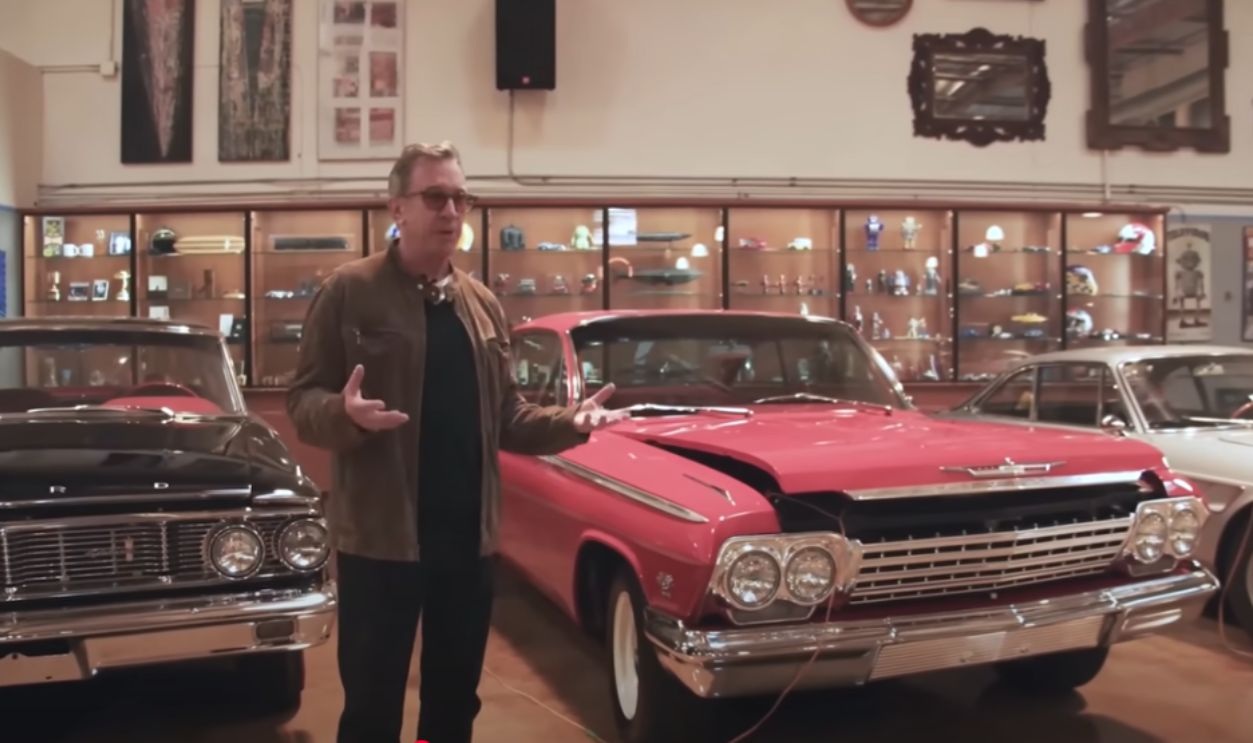 Tim Allen's Garage Tour by Petersen Automotive Museum
Tim Allen's Garage Tour by Petersen Automotive Museum
Chevrolet 409 Bubble Top (Cont.)
The 409 engine was a big-block V8 that Chevy rolled out in 1961. It made a name for itself thanks to its awesome power, which could hit anywhere from 360 to 425 horsepower, depending on how it was set up and the options you chose.
 1962 Chevy 409 Bubble Top Bel Air by Hot Rod Heaven USA
1962 Chevy 409 Bubble Top Bel Air by Hot Rod Heaven USA
Ferrari 330 GTC
The vintage sports automobile known as the Ferrari 330 GTC was manufactured from 1966 to 1968. It was powered by a front-mounted, longitudinally oriented 60° V12 engine having an enlarged version of the one found in the 275 GTB.
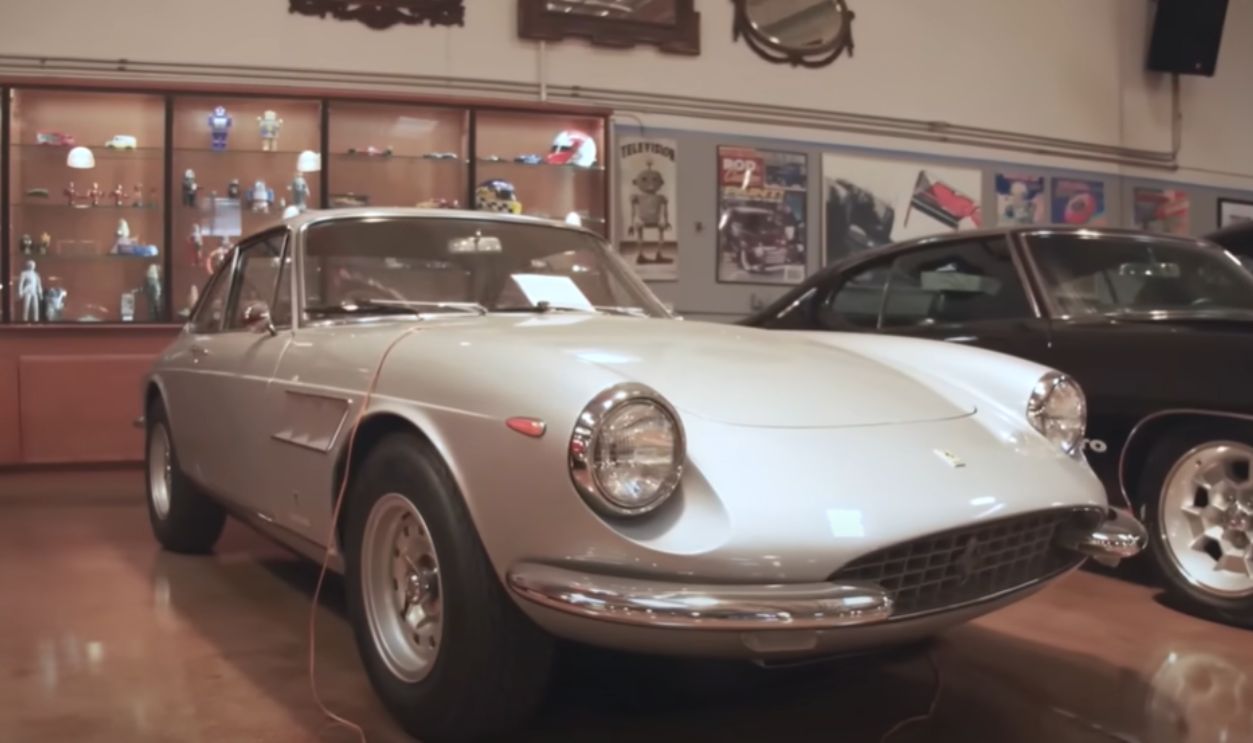 Tim Allen's Garage Tour by Petersen Automotive Museum
Tim Allen's Garage Tour by Petersen Automotive Museum
Ferrari 330 GTC (Cont.)
The engine generated around 325 Nm (240 lb-ft) of torque at 5,000 RPM, contributing to its responsive acceleration. Also, the 330 GTC could accelerate from 0 to 60 mph in about 6.5 to 6.9 seconds, with a high speed of about 150 to 152 mph (242 km/h)
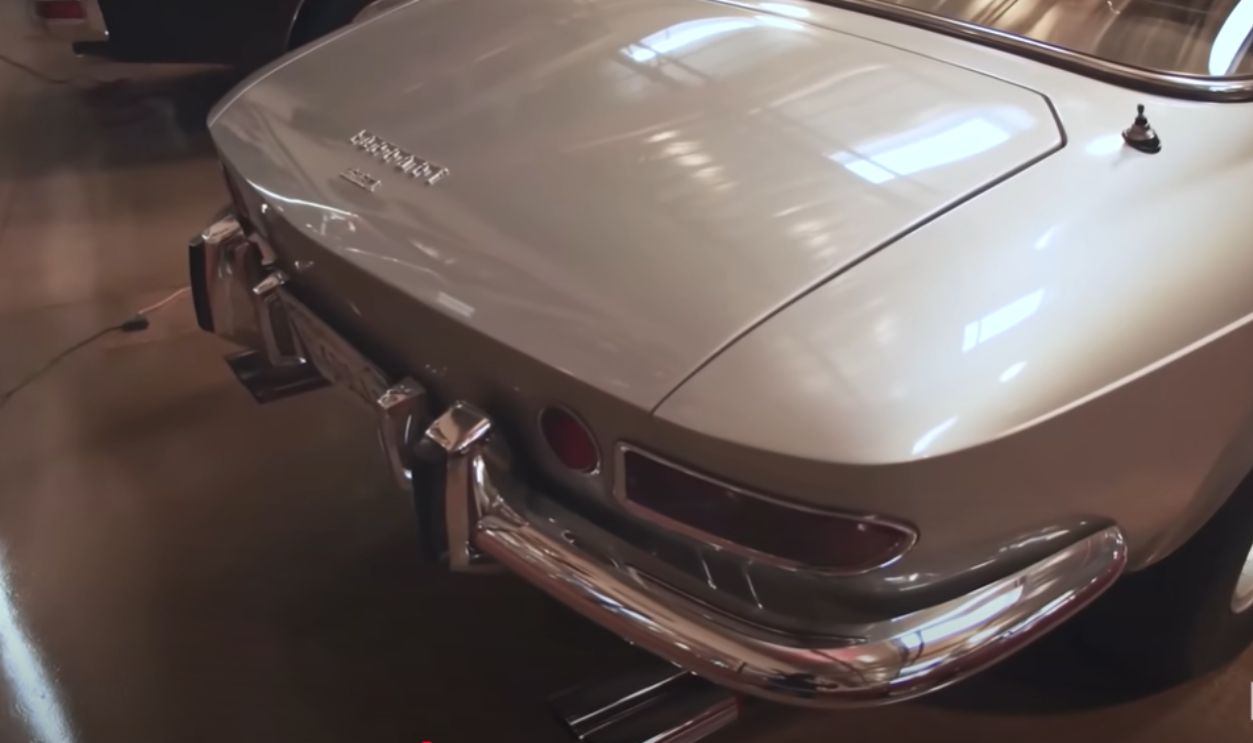 Tim Allen's Garage Tour by Petersen Automotive Museum
Tim Allen's Garage Tour by Petersen Automotive Museum
Ferrari 330 GTC (Cont.)
As per reports, Tim Allen's Ferrari 330 GTC is estimated to be worth around $3.41 million, making it the most expensive car in his collection. The car gained additional fame by appearing on Allen's show Home Improvement, where it was featured as part of the storyline.
 Noodia, CC BY 3.0, Wikimedia Commons
Noodia, CC BY 3.0, Wikimedia Commons
1972 Karmann Ghia
This car’s production spanned from the late 1950s to the early 1970s. The body design features a sleek coupe silhouette with two doors, while the soft suspension setup allows for a comfortable ride. The Karmann Ghi was designed by Italian coachbuilder Ghia.
1972 Karmann Ghia (Cont.)
This 1972 beauty came with a rear-mounted, air-cooled flat-four engine that had a displacement of 1.6 liters (or 1600 cc). This setup cranked out about 60 horsepower and 81 lb-ft of torque, with the car reaching a speed of around 90 mph (145 km/h).
 Andrew Bone, CC BY 2.0, Wikimedia Commons
Andrew Bone, CC BY 2.0, Wikimedia Commons
1953 Ford F-100
The second generation of the F-Series, which was manufactured from 1952 to 1956, included the 1953 Ford F-100. It was open to purchase mainly as a 2-door pickup and was also offered in configurations like panel trucks and chassis-cab models.
 Sicnag, CC BY 2.0, Wikimedia Commons
Sicnag, CC BY 2.0, Wikimedia Commons
1953 Ford F-100 (Cont.)
This car was normally driven by a 215 cubic-inch inline-six engine or a 239 cubic-inch flathead V8 engine. The flathead V8 produced around 100 horsepower, while the inline-six generated around 101 horsepower. It featured an automatic Ford-O-Matic transmission.
 Sicnag, CC BY 2.0, Wikimedia Commons
Sicnag, CC BY 2.0, Wikimedia Commons
Pontiac GTO Ram Air IV
Primarily available in 1969 and 1970 as part of the Pontiac GTO lineup, the Ram Air IV is often credited with launching the muscle car era. It had a 400-cubic-inch (6.6-liter) V8 engine that was officially rated at 370 horsepower at 5,500 RPM.
 Sicnag, CC BY 2.0, Wikimedia Commons
Sicnag, CC BY 2.0, Wikimedia Commons
Pontiac GTO Ram Air IV (Cont.)
The car measured 194 inches (4.93 m) long, 73 inches (1.86 m) wide, and 50 inches (1.28 m) high, giving it a classic muscle car profile. This beast could literally achieve 0-60 mph in about 6.2 seconds.
 Sicnag, CC BY 2.0, Wikimedia Commons
Sicnag, CC BY 2.0, Wikimedia Commons
2017 Ford GT
The 2017 Ford GT is a contemporary take on the iconic Ford GT40 that was built for both racing and daily use. Tim Allen owned this particular GT, which was ordered new from Galpin Ford and tailored to his specifications.
 Tim Allen's 2017 Ford GT For Sale by Conejo Valley Cars & Coffee
Tim Allen's 2017 Ford GT For Sale by Conejo Valley Cars & Coffee
2017 Ford GT (Cont.)
A 3.5-liter twin-turbocharged EcoBoost V6 engine that yields 647 horsepower and 550 lb-ft of torque powers the Ford GT. Additionally, the vehicle features a seven-speed dual-clutch transmission, providing quick and responsive gear shifts.
 Tim Allen's 2017 Ford GT For Sale by Conejo Valley Cars & Coffee
Tim Allen's 2017 Ford GT For Sale by Conejo Valley Cars & Coffee
2017 Ford GT (Cont.)
Allen's GT is finished in Ingot Silver, with extensive use of carbon fiber accents, including components like the front splitter, rear diffuser, and 20-inch carbon fiber wheels. It also has the Dark Energy interior package of carbon fiber bucket seats wrapped in Alcantara.
 Tim Allen's 2017 Ford GT For Sale by Conejo Valley Cars & Coffee
Tim Allen's 2017 Ford GT For Sale by Conejo Valley Cars & Coffee
Ford Mustang Shelby GT350H
The 1966 Ford Mustang Shelby, better known as the "Hertz Mustang," was made as part of a cool rental program with Hertz. Only about 1,000 units of the GT350H were produced in this car, which had a 289 cubic inch (4.7-liter) V8 engine.
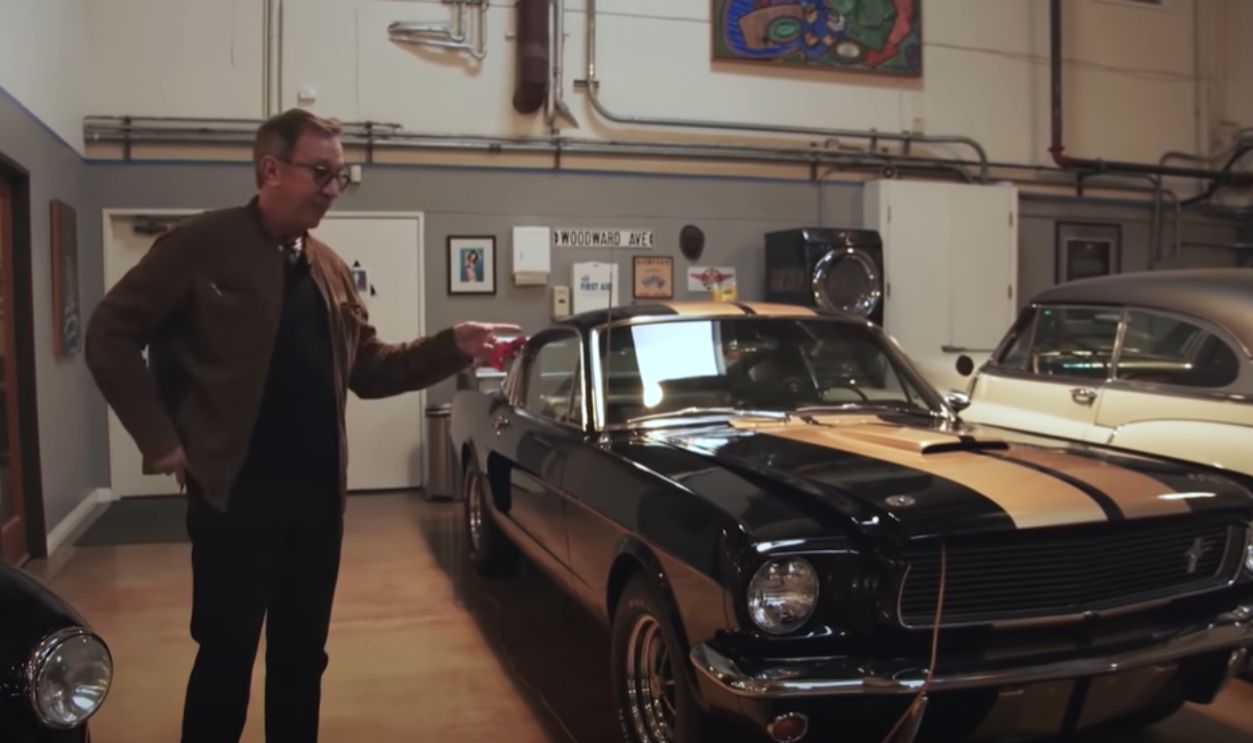 TIM ALLEN'S CAR COLLECTION TOUR | CELEBRITY GARAGE TOUR PT.2 by Petersen Automotive Museum
TIM ALLEN'S CAR COLLECTION TOUR | CELEBRITY GARAGE TOUR PT.2 by Petersen Automotive Museum
Ford Mustang Shelby GT350H (Cont.)
This one is easily recognizable due to its black and gold color scheme, which was used to differentiate it from standard Mustangs. It appeared with a 4-speed manual transmission and a classic two-door coupe design featuring a fastback silhouette on the outside.
 Sicnag, CC BY 2.0, Wikimedia Commons
Sicnag, CC BY 2.0, Wikimedia Commons
Ford Custom
The Ford Custom was part of the 1949 Ford lineup, which marked a complete redesign following WWII. It had an aerodynamic design with smooth lines and a distinctive front end, that was crafted by industrial designer George Walker.
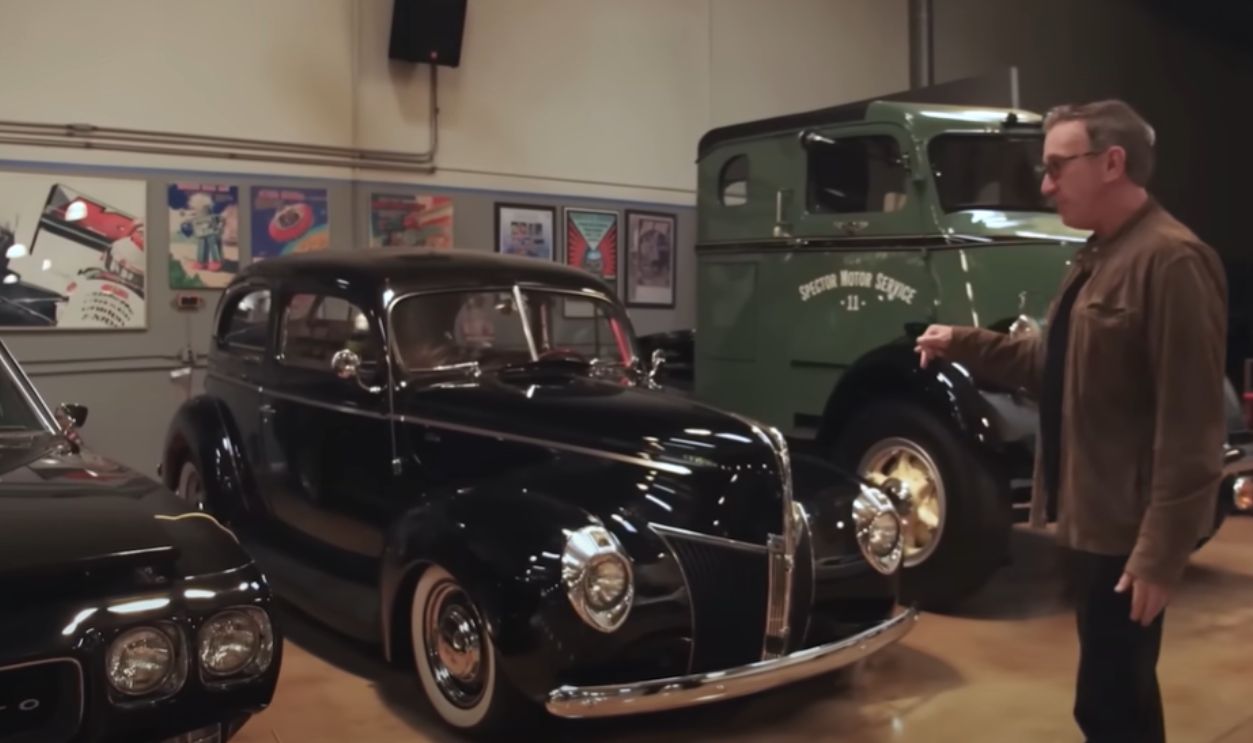 Tim Allen's Garage Tour by Petersen Automotive Museum
Tim Allen's Garage Tour by Petersen Automotive Museum
Ford Custom (Cont.)
It was available in multiple body styles, such as two-door sedans, four-door sedans, club coupes, convertibles, and station wagons. Notably, the convertible and station wagon models were exclusive to the Custom line with a flathead V8 engine.
 Sicnag, CC BY 2.0, Wikimedia Commons
Sicnag, CC BY 2.0, Wikimedia Commons
Studebaker Sleeper Cab
Tim Allen owns a 1939 Studebaker K-30 Sleeper Cab, which is recognized for its Art Deco styling and historical significance in the trucking industry. The K-30 model came equipped with a flathead inline-six engine, which was common for trucks of that period.
 Tim Allen & Jay Truck Their Way Through Town | CNBC Prime by CNBC Ambition
Tim Allen & Jay Truck Their Way Through Town | CNBC Prime by CNBC Ambition
Studebaker Sleeper Cab (Cont.)
While specific horsepower figures may vary, these engines produced around 85 to 100 horsepower. One of the defining characteristics of the Sleeper Cab was its spacious cabin, which allowed for comfortable long-distance travel and was useful to truck drivers.
 Tim Allen & Jay Truck Their Way Through Town | CNBC Prime by CNBC Ambition
Tim Allen & Jay Truck Their Way Through Town | CNBC Prime by CNBC Ambition
Studebaker Sleeper Cab (Cont.)
Allen has showcased his 1939 Studebaker K-30 Sleeper Cab in various media appearances, mainly on Jay Leno's Garage. He also shared insights on its capabilities and the engineering behind the vehicle, including its crash gearbox, which required a more tactile approach.
 Tim Allen & Jay Truck Their Way Through Town | CNBC Prime by CNBC Ambition
Tim Allen & Jay Truck Their Way Through Town | CNBC Prime by CNBC Ambition
Ford Mustang GT350R
It was Shelby American who created the Ford Mustang GT350R, a high-performance version of the Ford Mustang. The GT350R was driven by a naturally aspirated 5.2-liter V8 engine, known as the "Voodoo" engine. It produces around 526 horsepower.
 Tim Allen's Garage Tour by Petersen Automotive Museum
Tim Allen's Garage Tour by Petersen Automotive Museum
Ford Mustang GT350R (Cont.)
In terms of torque, it gave out 429 lb-ft. The car also came prepped with several aerodynamic enhancements, such as a large front splitter, rear wing, and lightweight wheels, which improved downforce and handling at high speeds.
 Yahya S., CC BY 2.0, Wikimedia Commons
Yahya S., CC BY 2.0, Wikimedia Commons
Ford RS200
Manufactured between 1984 and 1986, the car was built as a two-door coupe with a mid-engine layout. The RS200 was powered by a 1.8-liter Cosworth BDT inline-four engine and had a 5-speed manual transmission for precise gear changes.
 MrWalkr, CC BY-SA 4.0, Wikimedia Commons
MrWalkr, CC BY-SA 4.0, Wikimedia Commons
Ford RS200 (Cont.)
In its road-going version, the engine pumped out around 246 horsepower at 6,500–7,000 RPM, while the rally version could generate up to 444 horsepower at 8,000 RPM. The road version also delivered around 215 lb-ft (290 Nm) of torque.
Ford RS200 (Cont.)
So, the Ford RS200 is a highly sought-after model, particularly in the United States, where it was never officially sold. Only about 200 units were produced to meet Group B rally homologation requirements, which made it a rare find.
 Brian Snelson, CC BY 2.0, Wikimedia Commons
Brian Snelson, CC BY 2.0, Wikimedia Commons
1950 Cadillac
A part of the Cadillac Series 62, this 1950 Cadillac was equipped with a range of luxury elements that set it apart from other vehicles of its time, including plush interiors, chrome accents, and advanced engineering. The car produced around 160 horsepower.
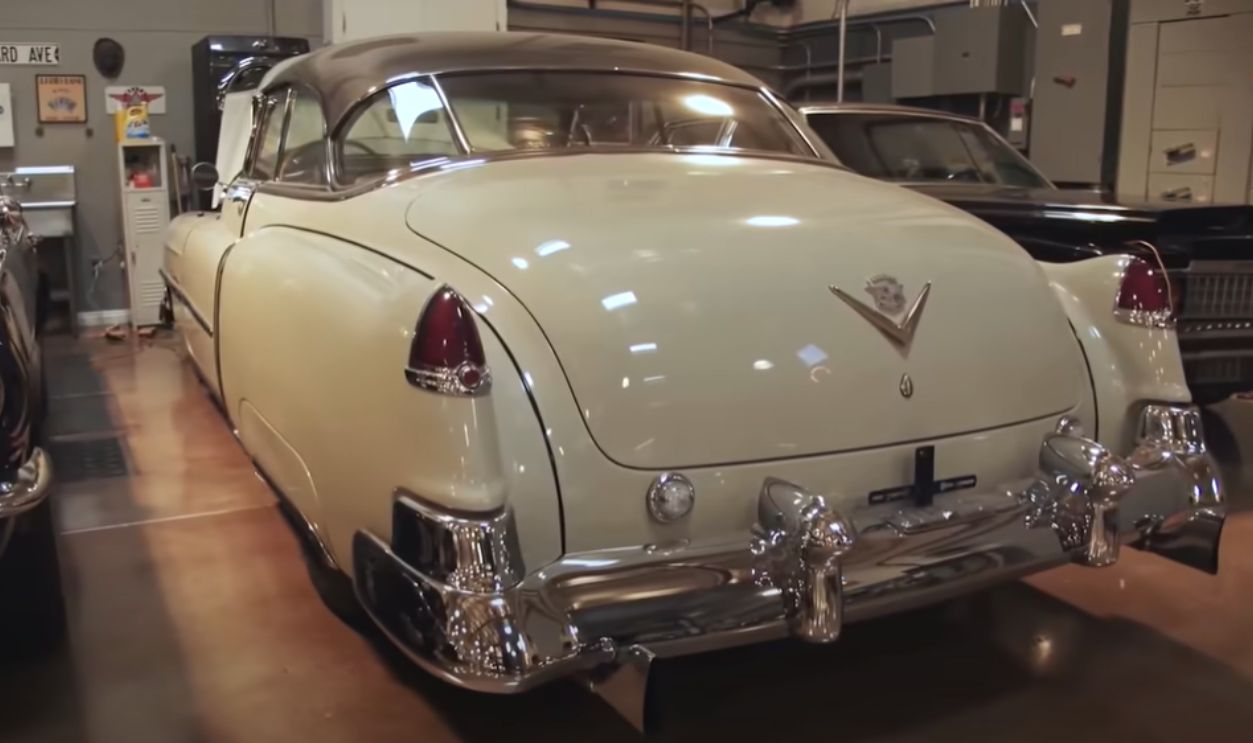 TIM ALLEN'S CAR COLLECTION TOUR | CELEBRITY GARAGE TOUR PT.2 by Petersen Automotive Museum
TIM ALLEN'S CAR COLLECTION TOUR | CELEBRITY GARAGE TOUR PT.2 by Petersen Automotive Museum
1950 Cadillac (Cont.)
It is often paired with a hydramatic automatic transmission. Besides, Tim Allen has reportedly restored his 1950 Cadillac from top to bottom, ensuring that it runs and feels even better than when it originally rolled off the assembly line.
 Greg Gjerdingen, CC BY 2.0, Wikimedia Commons
Greg Gjerdingen, CC BY 2.0, Wikimedia Commons
1950 Cadillac (Cont.)
The overall length of the vehicle was about 211.8 inches (5,380 mm), contributing to its commanding presence on the road. Similarly, the curb weight ranged from 4,000 to 4,400 pounds (1,800 to 2,000 kg), based on the specific body style and equipment.
 Greg Gjerdingen, CC BY 2.0, Wikimedia Commons
Greg Gjerdingen, CC BY 2.0, Wikimedia Commons
Jaguar E-Type
Tim Allen owns a 1965 Jaguar E-Type, which is one of the most revered models in automotive history. Enzo Ferrari even famously referred to it as "the most beautiful car in the world”. The car had a 4.2-liter inline-six engine that produced around 265 horsepower.
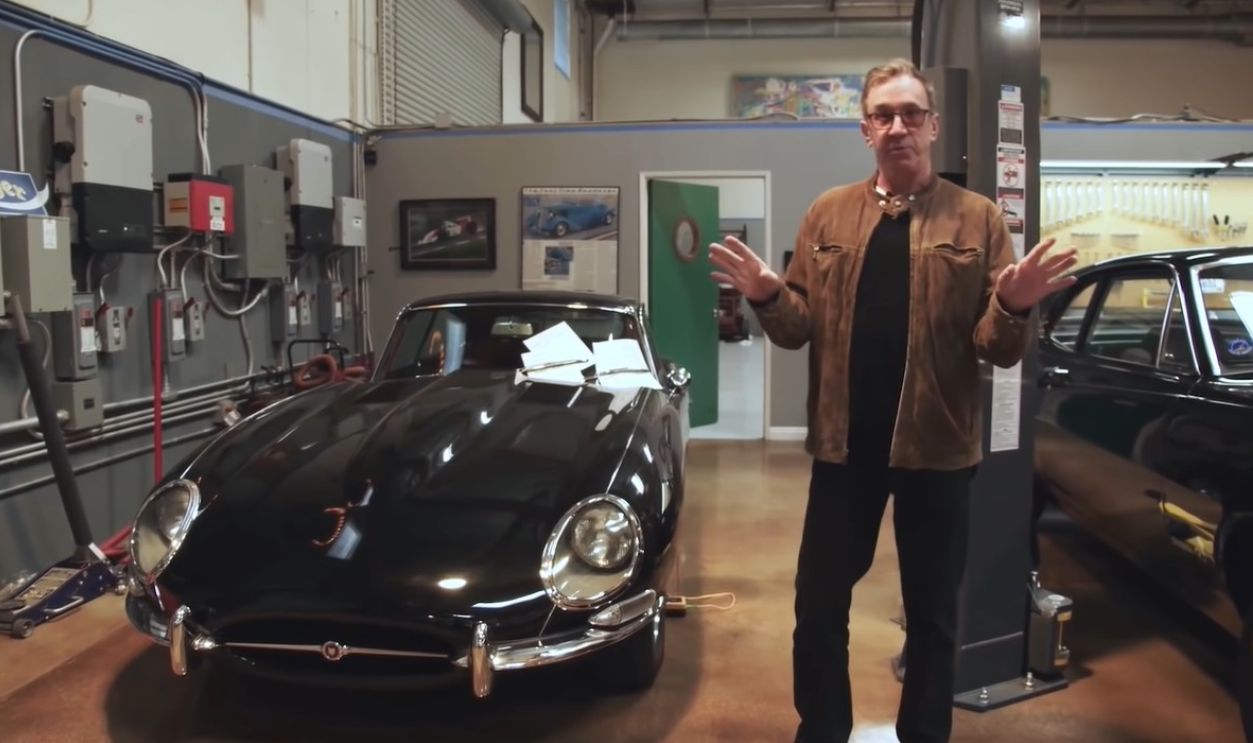 TIM ALLEN'S CAR COLLECTION TOUR | CELEBRITY GARAGE TOUR PT.2 by Petersen Automotive Museum
TIM ALLEN'S CAR COLLECTION TOUR | CELEBRITY GARAGE TOUR PT.2 by Petersen Automotive Museum
Jaguar E-Type (Cont.)
Apparently, the E-Type could accelerate from 0 to 60 mph in about 6.5 seconds. Additionally, the car had a top speed of around 150 mph (241 km/h). As per reports, right now, the estimated value of the 1965 Jaguar E-Type is around $280,000.
 Mick, CC BY 2.0, Wikimedia Commons
Mick, CC BY 2.0, Wikimedia Commons
Ford Falcon CJ
Also known as the 1970 Ford Falcon 429 CJ, this car is part of the third generation of the Falcon series. It is driven by a 429 cubic inch (7.0 liters) V8 engine, specifically the Cobra Jet variant, that gives out around 370 horsepower.
 TIM ALLEN'S CAR COLLECTION TOUR | CELEBRITY GARAGE TOUR PT.2 by Petersen Automotive Museum
TIM ALLEN'S CAR COLLECTION TOUR | CELEBRITY GARAGE TOUR PT.2 by Petersen Automotive Museum
Ford Falcon CJ (Cont.)
The Falcon CJ often came in multiple body styles, like two-door coupes, four-door sedans, and station wagons, that catered to different consumer needs. The wheelbase, moreover, measured around 109.5 inches (2,781 mm) for earlier models.
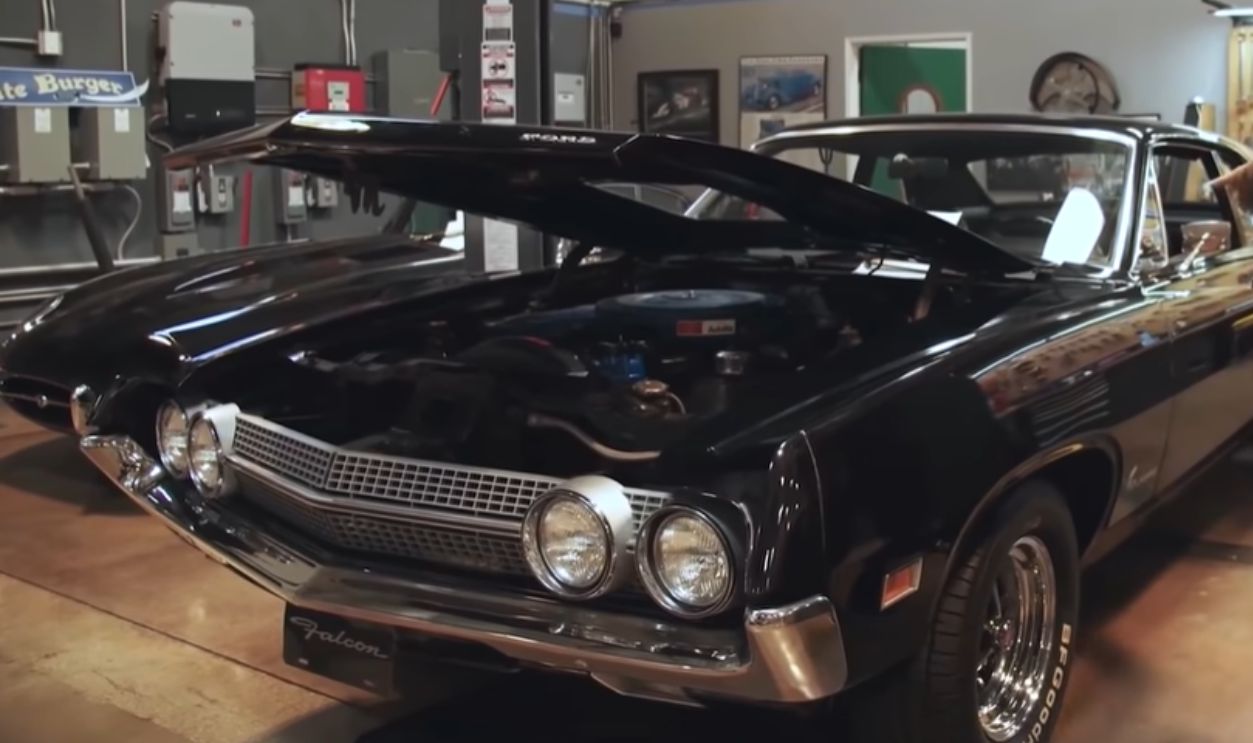 TIM ALLEN'S CAR COLLECTION TOUR | CELEBRITY GARAGE TOUR PT.2 by Petersen Automotive Museum
TIM ALLEN'S CAR COLLECTION TOUR | CELEBRITY GARAGE TOUR PT.2 by Petersen Automotive Museum
Cadillac Fleetwood BDE
Depending on the engine variant, the power output of this piece ranges from approximately 180 to 250 horsepower. On average, the Fleetwood BDE owned a 5.7-liter V8 engine (5727 cc), pumping out approximately 250 horsepower at 5,000 RPM.
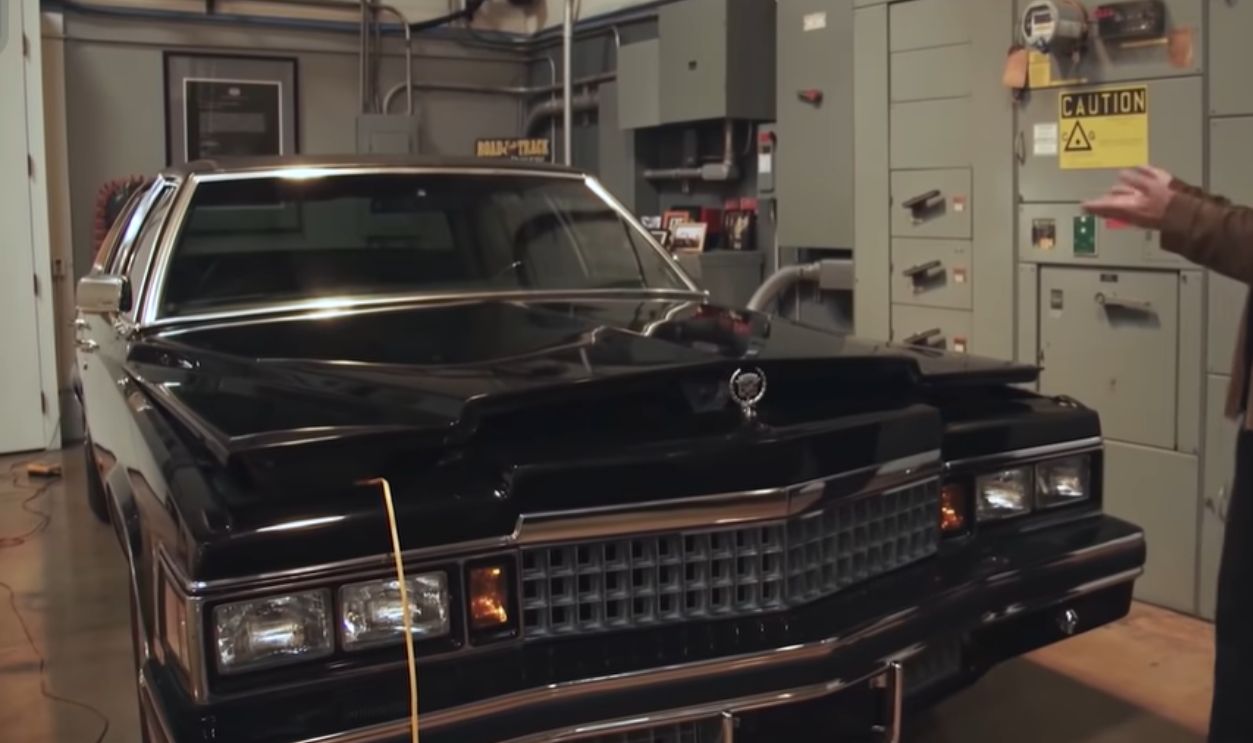 TIM ALLEN'S CAR COLLECTION TOUR | CELEBRITY GARAGE TOUR PT.2 by Petersen Automotive Museum
TIM ALLEN'S CAR COLLECTION TOUR | CELEBRITY GARAGE TOUR PT.2 by Petersen Automotive Museum
Cadillac Fleetwood BDE (Cont.)
At 2,400 RPM, it produced roughly 440.3 Nm (44.9 kg·m) of torque. Also, the Fleetwood BDE used tires sized P235/70R15 for a comfortable ride. The minimum turning radius was approximately 6.2 meters, allowing for reasonable maneuverability.
 MercurySable99, CC BY-SA 4.0, Wikimedia Commons
MercurySable99, CC BY-SA 4.0, Wikimedia Commons
Chevrolet Nova Custom
The Nova Custom was primarily available in the 1970s, with pretty good offerings in 1976. It came with a range of engine options, such as a 249 cubic inch (4.1 liters) inline-six engine, producing around 100 horsepower.
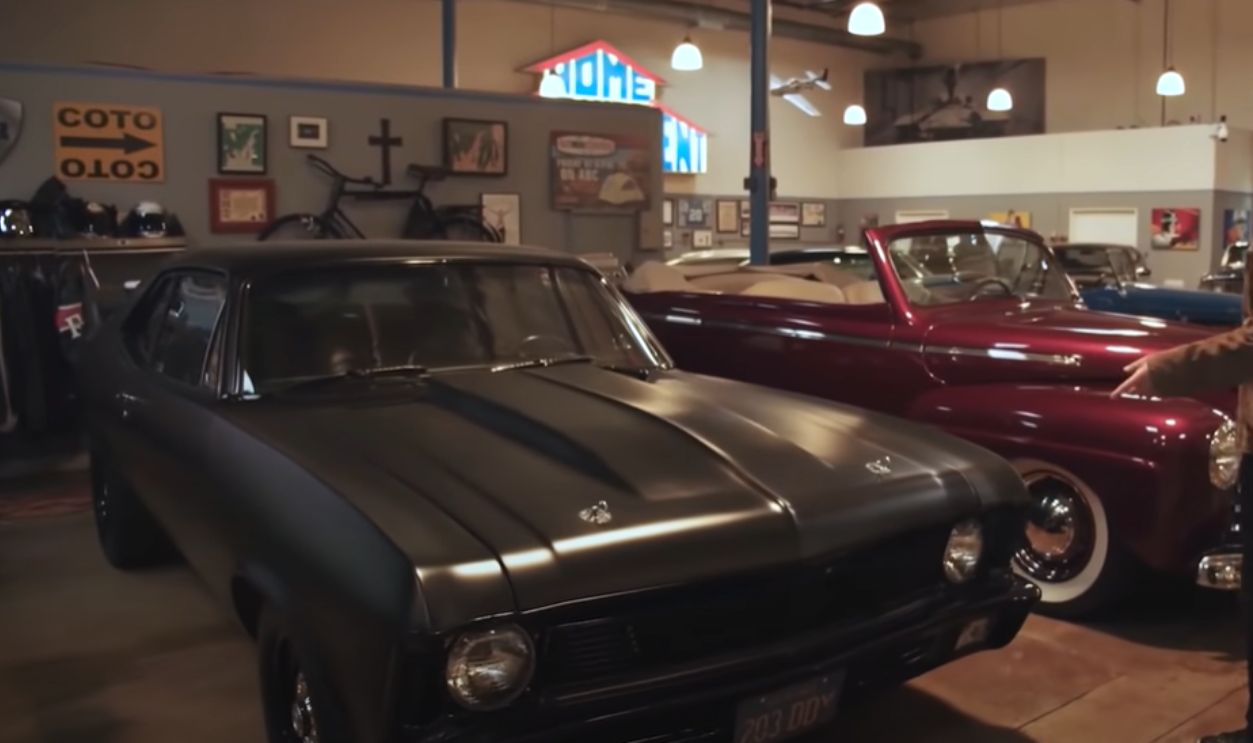 TIM ALLEN'S CAR COLLECTION TOUR | CELEBRITY GARAGE TOUR PT.2 by Petersen Automotive Museum
TIM ALLEN'S CAR COLLECTION TOUR | CELEBRITY GARAGE TOUR PT.2 by Petersen Automotive Museum
Chevrolet Nova Custom (Cont.)
Another one was a more powerful 350 cubic inch (5.7 liters) V8 engine, which provided better performance for car fanatics. The automobile measured around 196.7 inches (4,995 mm) in length, which made it a compact yet spacious vehicle.



